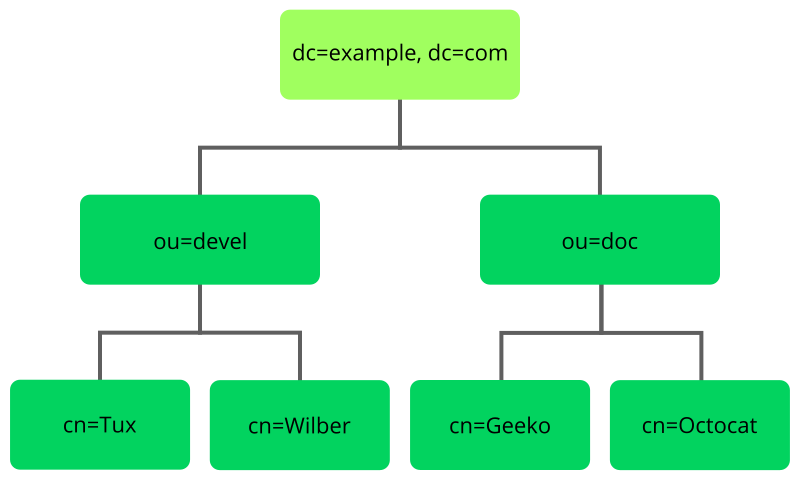

Just as in physical security systems, there are inherent trade-offs between the engineering design and implementation quality of a system on the one hand and the cost of building and deploying it on the other.

Social environments also change, with the defeat of security systems attracting more (or less) interest in the population. Technology changes rapidly, making previously secure systems progressively less secure. Technology provides means, not ends it can assist in enforcing IP policy, but it cannot provide answers to social, legal, and economic questions about the ownership of and rights over works, nor can it make up for incompletely or badly answered questions.For ease of exposition,m the presentation in this chapter is framed in terms of protecting individual objects (texts, music albums, movies, and so on) however,many of the issues raised are applicable to collections ( e.g., libraries and databases), 2 and many of the techniques discussed are relevant to them as well.Ī number of general points are important to keep in mind about TPSs: Appendix Explores how the tools work, details what each kind of tool brings to bear on the challenges described throughout the report, and projects the expected development and deployment for each tool. 1 The focus here is on how technical tools can assist in meeting the objectives stated throughout the report, as well as what they cannot do and what must therefore be sought elsewhere. This section and Appendix E focus on technical protection services (TPSs) that may be able to assist in controlling the distribution of digital intellectual property on the Internet.


The evolution of technology is challenging the status quo of IP management in many ways.
#CANT ENTER THE BOOST SAMPLE MAGIC SERIAL FOR OS X SOFTWARE#
The chapter concludes with a discussion of the increasing use of patents to protect information innovations such as software and Internet business models, and explores the question of whether the patent system is an appropriate mechanism to protect these innovations. It discusses the nature of the data concerning the rates of commercial infringement and offers suggestions for improving the reported information. The chapter also considers the question of large-scale commercial infringement, often referred to as piracy. Business models add a third, powerful element to the mix, one that can serve as an effective means of making more digital content available in new ways and that can be an effective deterrent to illegitimate uses of IP. Protection is typically conceived of in legal and technical terms, determined by what the law permits and what technology can enforce. This chapter also addresses the role of business models in protecting IP. Appendix E presents additional technical detail, attempting to demystify the technology and providing an introduction to the large body of written material on this subject. This chapter begins with a review of IP protection technology, explaining the technology's capabilities and limitations and exploring the consequences these capabilities may have for the distribution of and access to IP. Recent years have seen the exploration of many technical mechanisms intended to protect intellectual property (IP) in digital form, along with attempts to develop commercial products and services based on those mechanisms. Protecting Digital Intellectual Property:


 0 kommentar(er)
0 kommentar(er)
